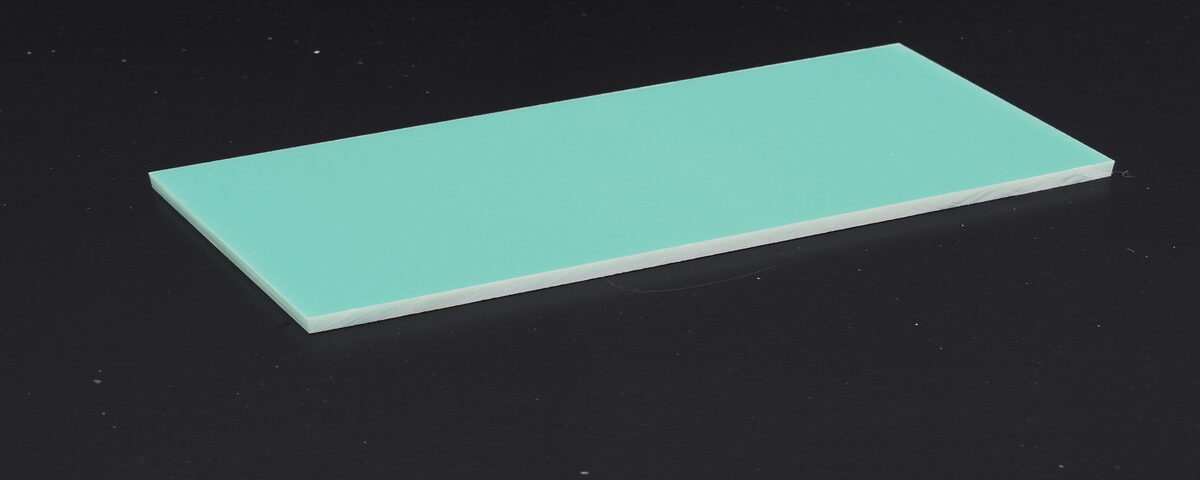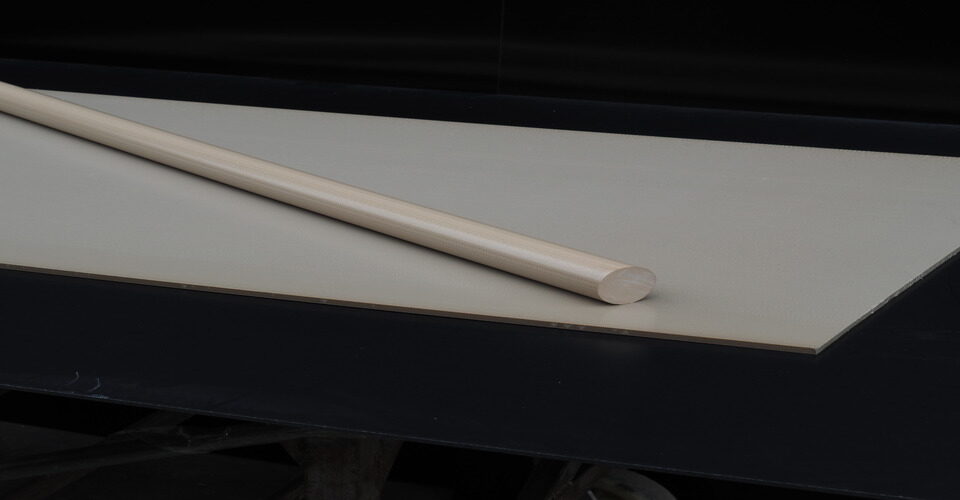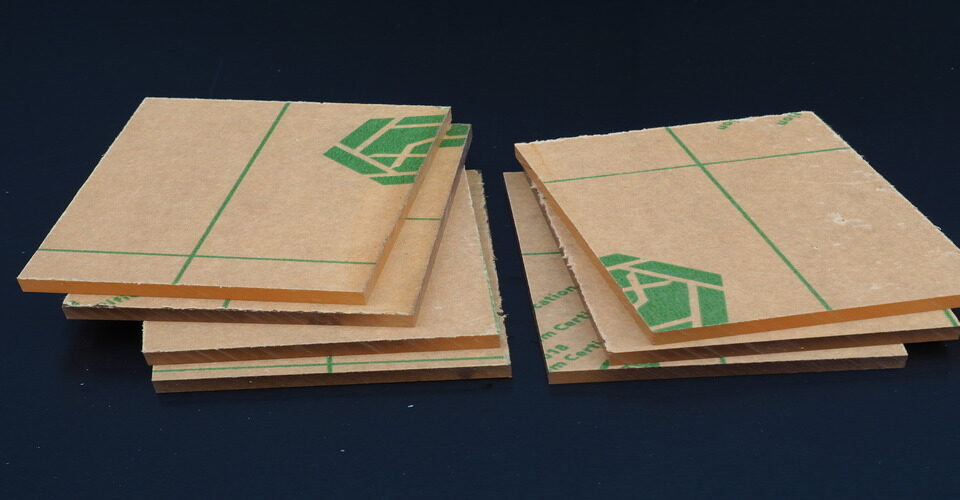
Where is PC plastic used?
February 10, 2025
What is the difference between UPE and PE plastic?
February 11, 2025FR4 (Flame Retardant 4) is a widely used material in the electronics industry for printed circuit boards (PCBs). While it offers several benefits, there are notable disadvantages to its use.
1. Lower Thermal Conductivity
- Reduced heat dissipation: FR4 has relatively low thermal conductivity, which makes it less effective at dissipating heat compared to other materials.
- Potential for overheating: In high-power applications, this can lead to components overheating and malfunctioning.

2. Brittleness and Fragility
- Susceptibility to cracks: FR4 is more brittle than some other PCB materials, making it prone to cracking under stress or impact.
- Less durability: This fragility can lead to a shorter lifespan, especially in environments where physical stress is common.
3. Limited High-Frequency Performance
- Signal loss: FR4 is not ideal for high-frequency applications due to its electrical properties, which can result in signal degradation.
- Increased signal attenuation: This makes FR4 unsuitable for advanced, high-speed communication systems where precise signal transmission is crucial.
4. Environmental Sensitivity
- Moisture absorption: FR4 can absorb moisture over time, which affects its electrical properties and could lead to failure in humid environments.
- Chemical sensitivity: Exposure to certain chemicals or extreme temperatures can degrade the material’s performance.
5. Difficult Manufacturing Process
- Complex fabrication: Producing high-quality FR4 PCBs may require more precise fabrication processes compared to other materials.
- Higher cost: These additional manufacturing requirements can increase the overall cost of production.






